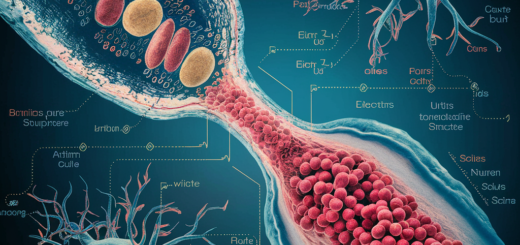Halloween Autism Safety Guide 2025: Fun, Comfort & Safety for Every Child

For parents and caregivers — Halloween can be magical and overwhelming. This friendly guide helps you plan a sensory-aware, safe, and fun night. It includes practical steps, scripts, and gear that genuinely help.
TL;DR (Quick Wins)
- Preview the plan with a simple visual schedule and clear start/end times.
- Test costumes for comfort (tags, seams, temperature). Bring a backup layer.
- Pack a calm kit: noise-reducing headphones, chewy/fidget, sunglasses, water, wipes, favorite snack.
- Use visibility: reflective tape, clip-on lights, or glow sticks.
- Choose a short, familiar route and go before dark if possible.
- Have a “pause/go home” signal card or hand sign.
- Consider non-food treats (Teal Pumpkin) and label clothing/ID bracelet.
Why Halloween Can Be Tricky — And Totally Doable
Unfamiliar costumes, crowds, noises, and changes to routine can overload the senses. The key is predictability + comfort: preview what will happen. Make the route and timing easy. Build in quick “calm breaks.”
Prep Week: Comfort First
- Walk the route early (daytime) and note safe crossings and “calm spots” (park bench, car).
- Practice the costume for 10–15 min: check tags, seams, warmth, hats/masks. Prefer face paint over masks.
- Make a visual schedule (pictures or icons): get dressed → short walk → 5 houses → home hot chocolate.
- Set expectations with a social story: one page with simple “first/then,” bonus stickers, and an end time.
- Safety basics: label clothing, use an ID bracelet, and consider a discreet tracker (AirTag/Tile) if appropriate.
Trick-or-Treat Safety Plan
- Route & timing: familiar, short, and earlier in the evening. One adult per child if needed.
- Visibility: reflective tape on sleeves/hem, clip-on lights, or glow sticks. Keep hands free.
- Communication: bring a simple “script card”: “Trick or Treat” / “Thank you!” or use AAC app — both are perfect.
- Food flexibility: check labels, swap candy later for preferred snacks or small toys; look for Teal Pumpkin homes.
- Stay regulated: offer micro-breaks every 10–15 minutes; use headphones/sunglasses when needed.
At-Home Alternatives (Same Fun, Less Stress)
- Treat Station at home with favorite snacks and small toys.
- Micro-party with 1–2 trusted friends/family; soft lighting, short games (sticker bingo, glow bubbles).
- Scavenger hunt around the living room with picture clues.
- Cozy movie night with weighted lap pad and warm drink.
Aftercare & Next Morning
- Decompress: quiet corner, deep-pressure tools, bath, audiobook or favorite calming playlist.
- Candy sort & swap: trade for preferred snacks or non-food rewards.
- Routine reset: use a morning visual (wake → breakfast → school) to return to normal rhythm.
Helpful Products Parents Actually Use (Affiliate)
Below are parent-approved items that reduce stress and boost safety. Replace links with your Amazon affiliate IDs. Prices and availability change.
| Product | Why it Helps | Link |
|---|---|---|
| Noise-Reducing Headphones | Lower volume, fewer meltdowns; great for crowds. | Example |
| Clip-On Safety Lights / Reflective Tape | Visibility at dusk without carrying flashlights. | Example |
| Sensory-Friendly Costume Basics | Soft, tag-free layers; comfy under-costume sets. | Example |
| Autism ID Bracelet | Contact info + medical notes for emergencies. | Example |
| Visual Schedule Board / Cards | Predictability reduces anxiety; shows the night’s plan. | Example |
| Fidget / Chewy Kit | Self-regulation on the go: hands & mouth busy, calmer body. | Example |
Free Download: 1-Page Halloween Autism Safety Checklist (PDF)
Print and keep it handy: quick reminders for prep, trick-or-treating, home alternatives, and aftercare.
Frequently Asked Questions
Is it OK to skip trick-or-treating? Yes. A home treat station or scavenger hunt can deliver the same joy with less stress.
What if my child won’t wear a costume? Choose comfy clothes in a Halloween color (orange/black/purple) or a favorite character T-shirt — participation, not perfection.
How do I handle candy and allergies? Sort together, read labels, and consider swaps for preferred snacks or non-food rewards. Look for Teal Pumpkin homes offering non-food treats.
What’s a simple safety step that helps most? Visibility + predictability: reflective tape/lights and a clear visual schedule with a pre-agreed end time.
Editor’s note: This guide is for general education and is not medical advice. Adapt to your child’s needs and consult your care team when needed.


